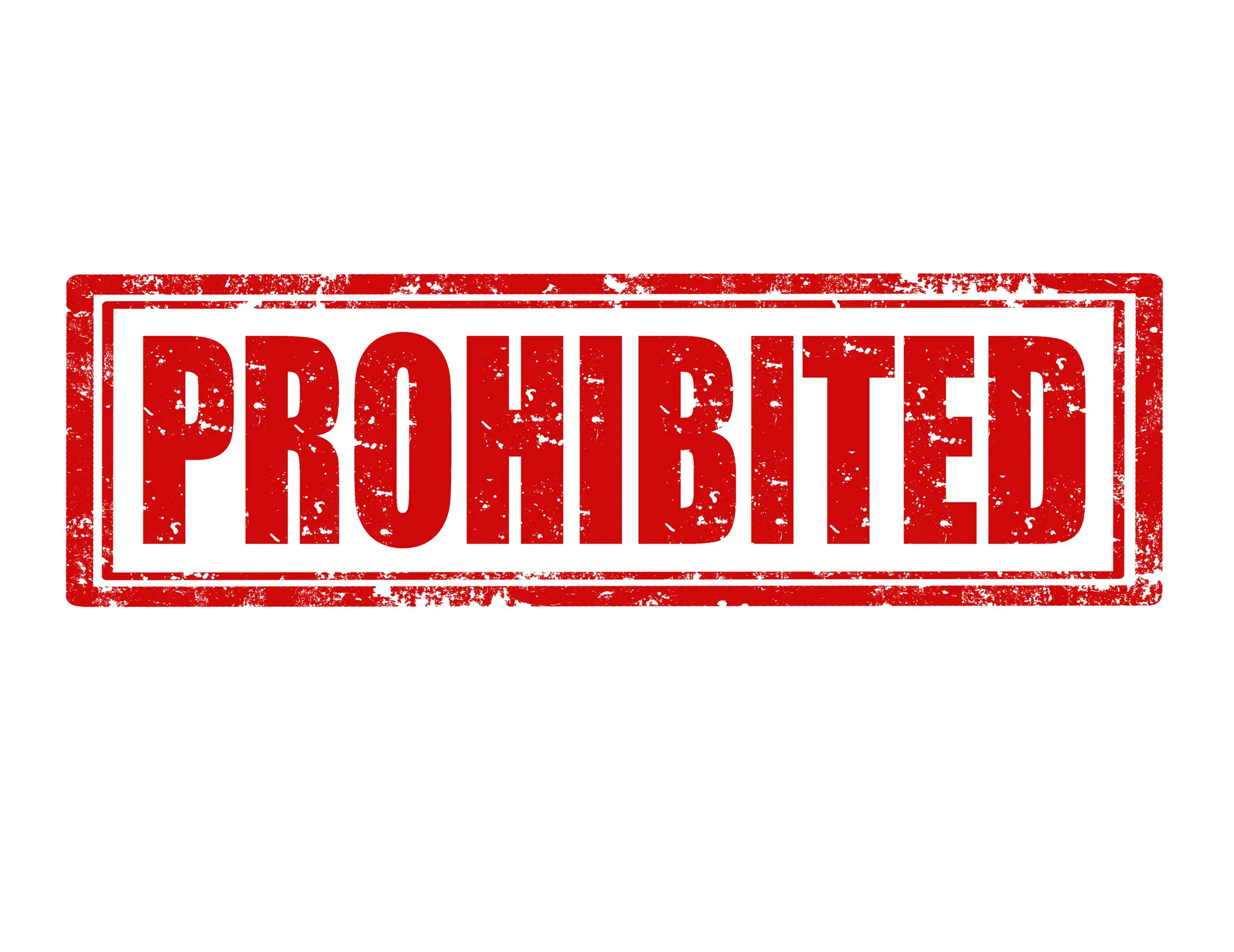The Consequences of Prohibited Transactions in an IRA
Individual Retirement Accounts (IRAs) offer tax advantages for retirement savings, but they come with rules. Engaging in a prohibited transaction within an IRA can have severe repercussions for the IRA owner and any disqualified person involved.
What Constitutes a Prohibited Transaction?
Prohibited transactions are those involving the improper use of the IRA by the owner, their beneficiaries, or other disqualified persons. Common examples include:
– Selling, exchanging, or leasing property between the IRA and a disqualified person.
– Lending money or extending credit between the IRA and a disqualified person.
– Furnishing goods, services, or facilities between the IRA and a disqualified person.
– Transferring or using any assets of the IRA by or for the benefit of a disqualified person.
Disqualified persons typically include the IRA owner, their family members, and entities in which the owner holds a significant interest. Because you cannot have “personal benefit” from your IRA, these funds are not used to buy an asset (like a house) where you intend to personally use that asset.
Consequences for the IRA Owner
If an IRA engages in a prohibited transaction, it is treated as if the IRA was fully distributed on the first day of the year in which the transaction occurred. As a result, it means then IRA owner must include the fair market value of the IRA assets in their gross income, subject to ordinary income tax. Additionally, if the owner is under age 59½, they may also face a 10% early distribution penalty.
Consequences for Disqualified Persons
Disqualified persons who participate in a prohibited transaction must pay an initial tax of 15% of the amount involved for each year (or part of the year) in the taxable period. If the transaction is not corrected within the taxable period, an additional tax of 100% of the amount involved applies. The taxable period starts on the transaction date and ends on the earliest of:
– The day the IRS mails a notice of deficiency for the tax.
– The day the IRS assesses the tax.
– Date the correction of the transaction is completed.
Correcting a Prohibited Transaction
Avoiding the additional 100% tax is possible The disqualified person must correct the transaction promptly. Correcting the transaction involves undoing it to the extent possible without placing the IRA in a worse financial position than if the transaction had not occurred. Payment of the 15% tax is made using Form 5330.
For more details, visit the IRS page on Tax on Prohibited Transactions.
Summary
In summary, prohibited transactions in an IRA can result in significant tax liabilities and penalties for both the IRA owner and any disqualified persons involved. It is crucial to understand and adhere to the rules governing IRAs to avoid these severe consequences. As a result, your IRA’s investment returns will suffer. The best way to avoid a prohibited transaction is to discuss your deal ahead of time with a competent tax professional, or with uDirect IRA Services.
Contact uDirect IRA Services at info@uDirectIRA.com for answers to all your SDIRA questions. Get started with your own self-directed account by clicking HERE.

